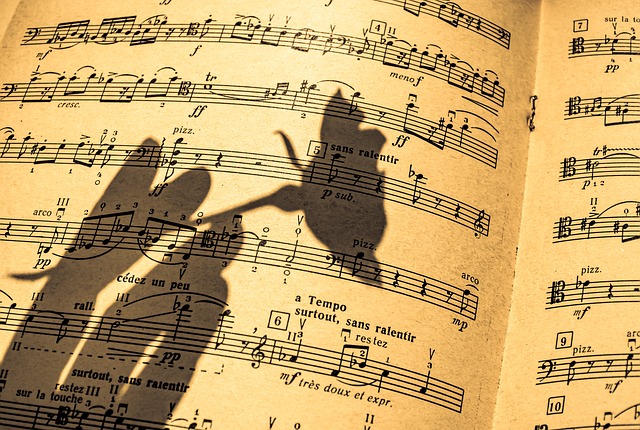Unveiling the Mysteries: Exploring Interpretation Circles in Hermeneutics
In the realm of Hermeneutika, where the art of interpretation bridges the gap between text and understanding, the concept of interpretation circles holds a profound significance. For anyone who has grappled with the layers of meaning in literature, philosophy, or sacred texts, the idea that understanding is not linear but cyclical deeply resonates. But what exactly are interpretation circles, and why do they hold such a powerful place in hermeneutic studies?
Imagine reading a complex novel or an ancient manuscript. At first glance, your understanding is preliminary and surface-level—guided primarily by your prior knowledge and expectations. As you dive deeper, you begin to engage with specific passages, interpreting them in light of the whole text. Yet, your perception of the whole itself evolves as you reflect on these specific parts. This dynamic interplay is the essence of the interpretation circle, often called the “hermeneutic circle.”
The interpretation circles suggest that understanding involves a constant movement between the parts and the whole. Your interpretation is never fixed; it’s a fluid process where each part shapes the understanding of the whole, and the evolving comprehension of the whole reshapes how you view each part. For readers and thinkers, this means embracing uncertainty and acknowledging that interpretations can grow richer, more nuanced, or even change direction as new insights emerge.
This cyclical journey feels incredibly intimate and personal. Many who have wrestled with texts, whether sacred scriptures, poetic works, or philosophical treatises, report a sense of connection, frustration, and eventually clarity born from engaging with interpretation circles. It is an active dialogic process—almost like a dance between reader and text—where meaning is not merely discovered but co-created.
In the world of hermeneutics, recognizing the role of interpretation circles encourages humility and openness. It challenges us to step away from the illusion of definitive answers and instead participate in an ongoing exploration of meaning. By embracing this process, readers become part of the living tradition of interpretation, continuously unveiling mysteries layer by layer.
Whether you are a student of philosophy, theology, literature, or simply an avid reader craving a deeper connection with what you encounter, understanding interpretation circles can transform your reading experience. It teaches us to appreciate the fluidity of meaning and reminds us that every act of interpretation is a chance to rediscover and reimagine the texts and ideas that shape our world.




